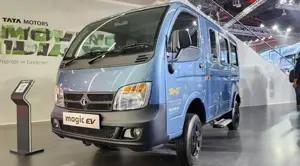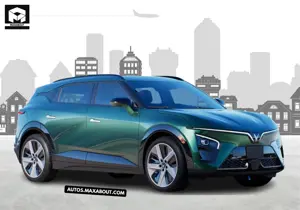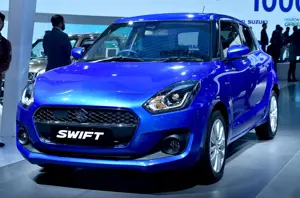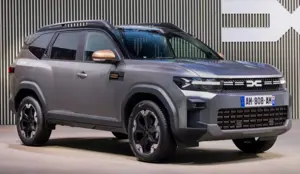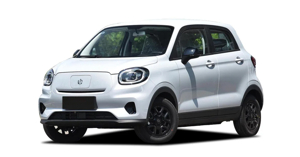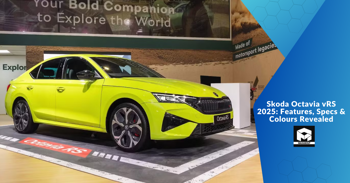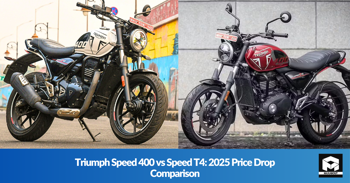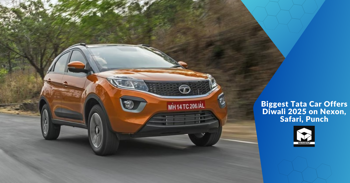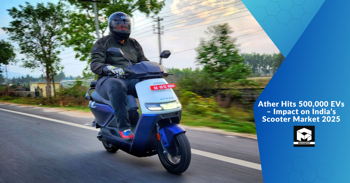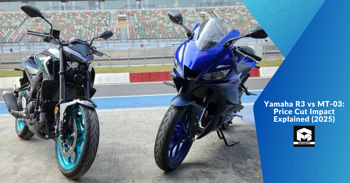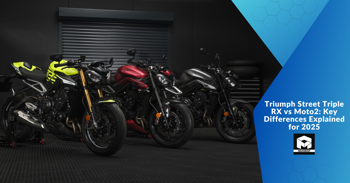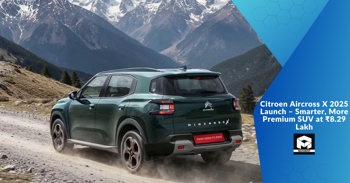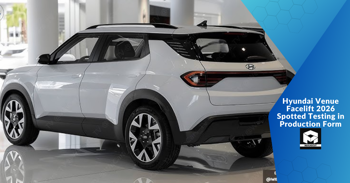How does the Chetak’s metal body fare in the long run, compared to plastic bodied competitors?
In the electric scooter market, the Bajaj Chetak Premium is the only one to sport metal body panels in a gesture to the classic Chetak design. Its choice of material differs from many of its competitors who use plastic bodies for weight reduction and cost effectiveness. Metal bodies tend to be seen as durable and a premium feel, but there are some things to consider such as rust, dent repair costs and weight. Metal vs plastic bodies are a much debated issue among riders and enthusiasts as to which is more practical in the long term, from daily commutes to accidental scrapes and falls. It also talks about how metal body affects scooter's performance, range and maintenance needs compared to plastic bodied alternatives.
Metal all the way! It's been knocked about a bit and still looks great. You can scratch up plastic scooters so easily.
Most Popular Cars
Based on Cars Popular on Maxabout
Tata Magic EV
₹ 5,00,000
4139 Views
Toyota Glanza CNG S
₹ 8,65,000
821 Views
Honda WR-V VX Diesel Exclusive Edition
₹ 11,05,344
911 Views Recently Added Cars
New Cars Added On Maxabout
VinFast VF7 Sky Infinity
₹ 25,49,000
445 Views
VinFast VF7 Sky
₹ 24,99,000
426 Views
VinFast VF7 Wind Infinity
₹ 23,99,000
447 Views Upcoming Cars
Exciting Upcoming Cars
Maruti Swift Hybrid
₹ 10,00,000
1576 Views
Renault Boreal Bigster SUV
₹ 13,00,000
1641 Views
Leapmotor T03
₹ 8,00,000
1157 Views Discussions and Questions How Does The Chetaks Metal Body Fare In The Long Run Compared To Plastic Bodied Competitors
No answers found .
Latest News
Recently Added News
Triumph Street Triple RX vs Moto2: Key Differences Explained for 2025
Tuesday, 07 October 2025 6:14 AM
Citroen Aircross X 2025 Launch – Smarter, More Premium SUV at ₹8.29 Lakh
Monday, 06 October 2025 23:39 PM
